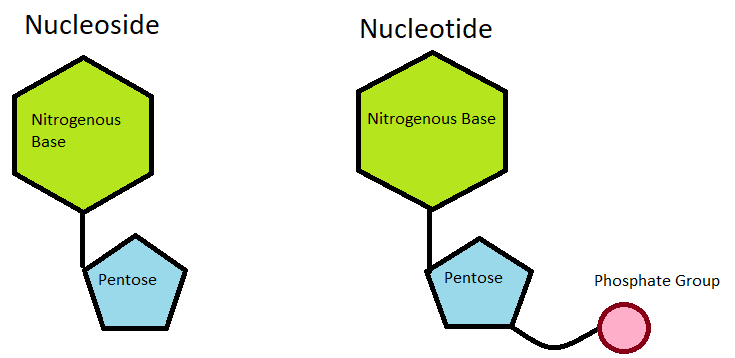
DNA (deoxyribonucleic acid) is the hereditary material found in almost all organisms. The function of DNA is determined by its structure.
The information of DNA is stored as a code made up of for chemical bases: adenine (A) and guanine (G) (the purines), and cytosine (C) and thymine (T) (the pyrimidines). Each of these bases make up the important DNA monomer unit, the nucleotide: which consists of a phosphate, pentose sugar and base.

A common phrase people hear about DNA is that it is a “double helix”. This refers to the fact that DNA is made up of two complementary strands that are tightly wound together. DNA is twisted in this way due to hydrogen bonds forming between the bases (C-G, A-T), and ring polarisation of said bases. Van der Waals forces stabilise this twisting, via the sum of Van der Waals radii (3.4Å), enabling DNA to adopt the lowest energy state possible.
Separating the two strands of DNA, however, causes supercoiling. The term ‘supercoiling’ is an expression of the strain on that strand.
Supercoiling of DNA is an important biological process, that is regulated by topoisomerases and gyrases (specific DNA enzymes).

By supercoiling DNA, it can be easily compacted and utilised in further processes, such as DNA replication or transcription. By tightly wounding DNA, large amounts of it can be packed into the nucleus. This allows DNA to be safely stored but remain easily accessible.
A simple way to imagine this is by picturing an elastic band.

By twisting and rolling the elastic band between your finger and thumb, the band shrivels and tightens, and becomes much smaller; compact. Imagine we have a small box we need to fill with these bands – it would be much easier to fill the box with compacted elastic than the original, large elastic. Even though it has changed shape, it is still an elastic band. It still provides the same information – it is just smaller. That is what DNA supercoiling is doing in the nucleus.
In a human cell, approximately six feet of DNA must be packaged into a nucleus with a diameter less than a human hair. To do this, nucleosomes are used.
Nucleosomes are the basic packing unit of eukaryotic DNA.

Each nucleosome is an octamer (polymer of eight molecules) of two copies of each of the nucleosomal histones, H2A, H2B, H3 and H4.
147 base pairs of DNA are wrapped almost twice around the histone octamer.
Histone H1 binds outside of the nucleosome.
Any non-histone proteins form a chromatin scaffold.
The nucleosomes are then arranged like beads on a string. They are repeatedly folded in on themselves to form a chromosome; a DNA molecule with genetic material of an organism.